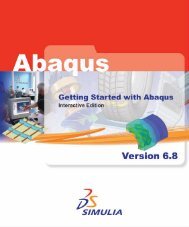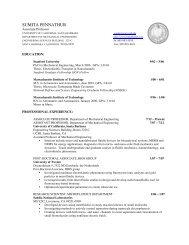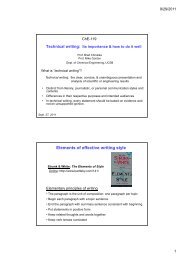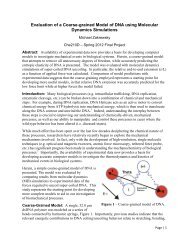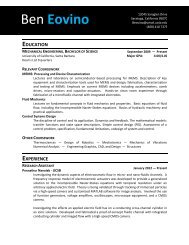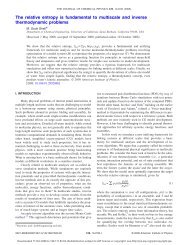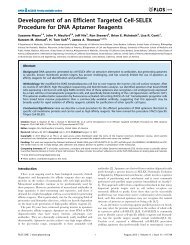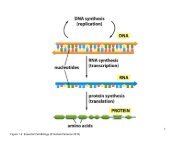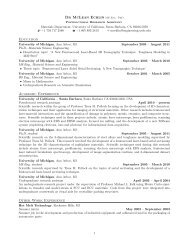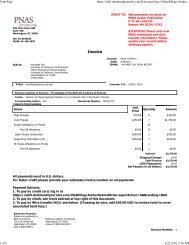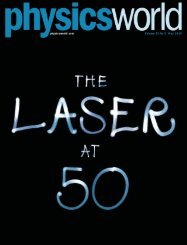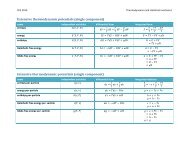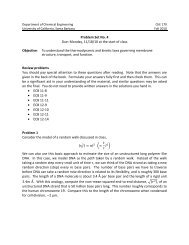ME 141B: The MEMS Class Introduction to MEMS and MEMS Design
ME 141B: The MEMS Class Introduction to MEMS and MEMS Design
ME 141B: The MEMS Class Introduction to MEMS and MEMS Design
Create successful ePaper yourself
Turn your PDF publications into a flip-book with our unique Google optimized e-Paper software.
Details that matter for lithographicprocessing• Existing <strong>to</strong>pography: if your existing feature heights are comparable<strong>to</strong> or greater than the thickness of the resist that you are puttingdown, you will not have good coverage Incompletely covered sidewalls, holds full of resist, resist that never enters a holeat all Solutions: eliminate the <strong>to</strong>pography, thicker resist, alternate coating technology(spray on, electrophoretic resist?), use of a previously patterned hard maskinstead of a resist mask• Patterned resist does not have a square profile – can affect the<strong>to</strong>pography of whatever you pattern with the resist• Resist adhesion If the surface of the wafer is hydrophilic (like SiO2), the resist might peel duringsubsequent wet processing steps. Surface preparation is key (e.g. dehydration bake <strong>and</strong> HMDS coating <strong>to</strong> rendersurface hydrophobic)9/21/10 51/45



